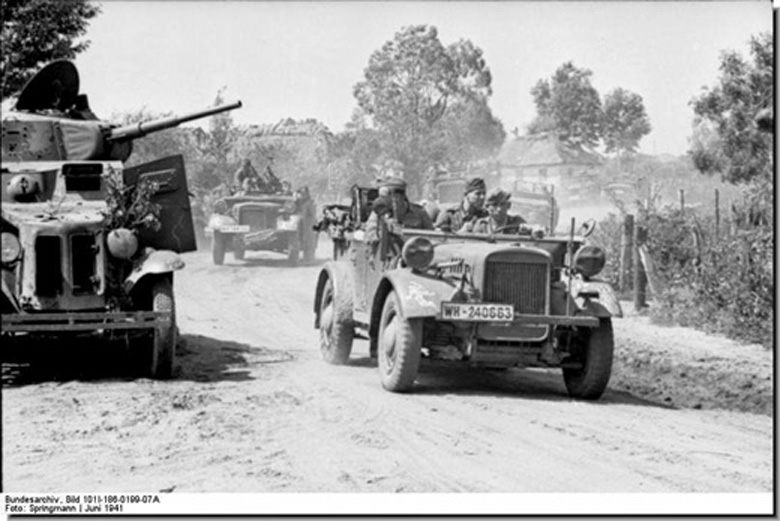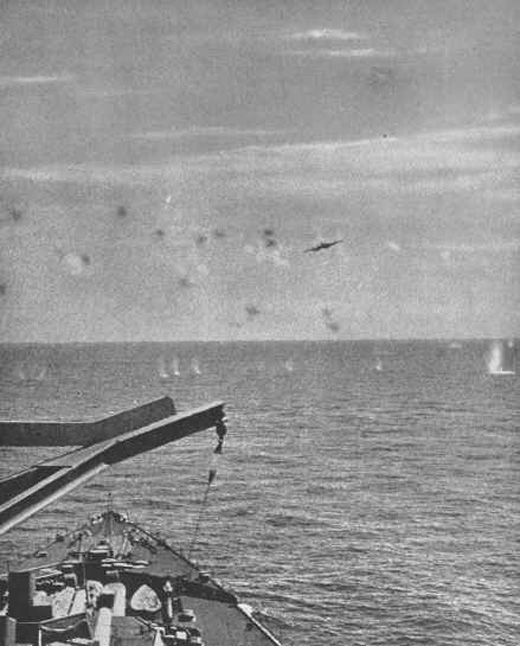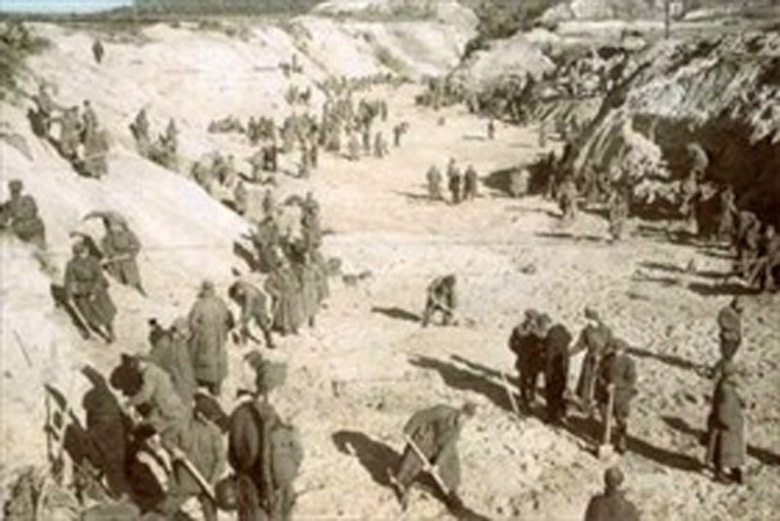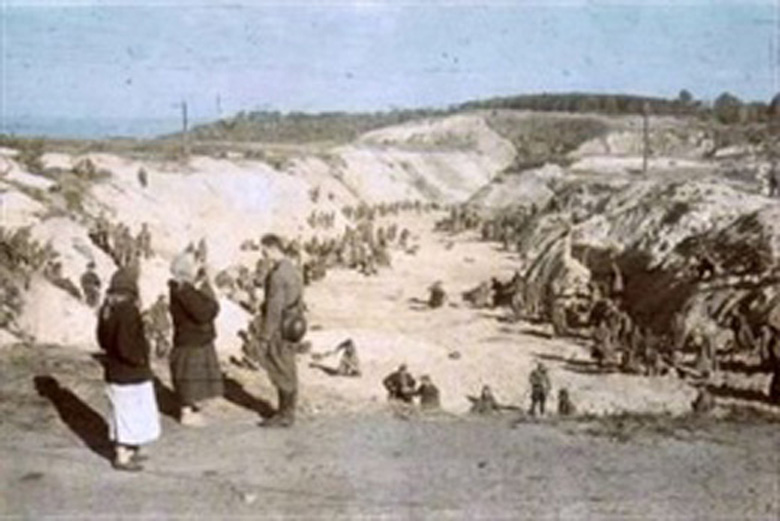Battle of the Atlantic
The British minesweeping trawlers Eileen Duncan (223t) and Star of Deveron (220t) are both sunk by German bombing at the Bergen Wharf, River Tyne.
[China
Japanese forces outside Changsha begin fighting their way out of their encircled positions. The Chinese have failed to press their advantage and most of the Japanese escape, though badly mauled, and retreat to their original positions around Yoochow. It is, nonetheless, a major victory for the Chinese. According the the Chinese, the Japanese suffer 40,000 casualties.
[Eastern Front
Now that the Kiev battle is complete, Guderian's 2nd Pzr Army has been moved north again to form the right wing of the German attack on Moscow. Guderian's troops now begin this attack with an advance from around Glukhov northeast toward Orel and Bryansk.
In the south von Kleist's Pzr Group attacks east of the Dniepr from Dnepropetrovsk. The German 11th Army, supported by Italian troops, defeat a Soviet force at Petrikovska. The Soviet line is quickly broken. Some of the attacking units head toward Donetsk while others move in a more southerly direction toward the Sea of Azov at Berdyansk.
In the northern sector, after hard fighting Finnish units break through the Soviet positions at Petrozavodsk.
Operation 'TAIFUN' ('TYPHOON') begins as Guderian's 2nd Pzr Army spearheads a major offensive by Army Group Center aimed at Moscow. The Germans would like to capture it before the beginning of winter. 2nd, 4th and 9th German Armies join in the attack on October 2.[MORE]
Operation TYPHOON Launched |
 |
Mediterranean
Two British fighters sink the Italian submarine Adua. Other sources say she is sunk by the British destroyers Gurkha and Legion east of Cartagena.
Air Attack on a British Battleship |
 |
Occupied Soviet Union
(29th?) Outside Kiev in the nearby Babi Yar ravine, 33,731(33,771?) Jews are killed by the SS and Ukrainians in what is called the Babi Yar Massacres. In its official report, Einsatzgruppe C relates: 'The Jewish population was invited by poster to present themselves for resettlement. Although initially we had only counted on 5,000-6,000 Jews reporting, more than 30,000 Jews appeared; by a remarkably efficient piece of organization they were led to believe in the resettlement story until shortly before their execution.' It had been suggested the Jews were killed in reprisal for the bombing of a Kiev hotel used as a German headquarters, but the SS had been systematically killing Jews in Russia in the wake of the advancing Wehrmacht. Babi Yar stands as perhaps the most horrible single example of vengeful genocide.
|
|

